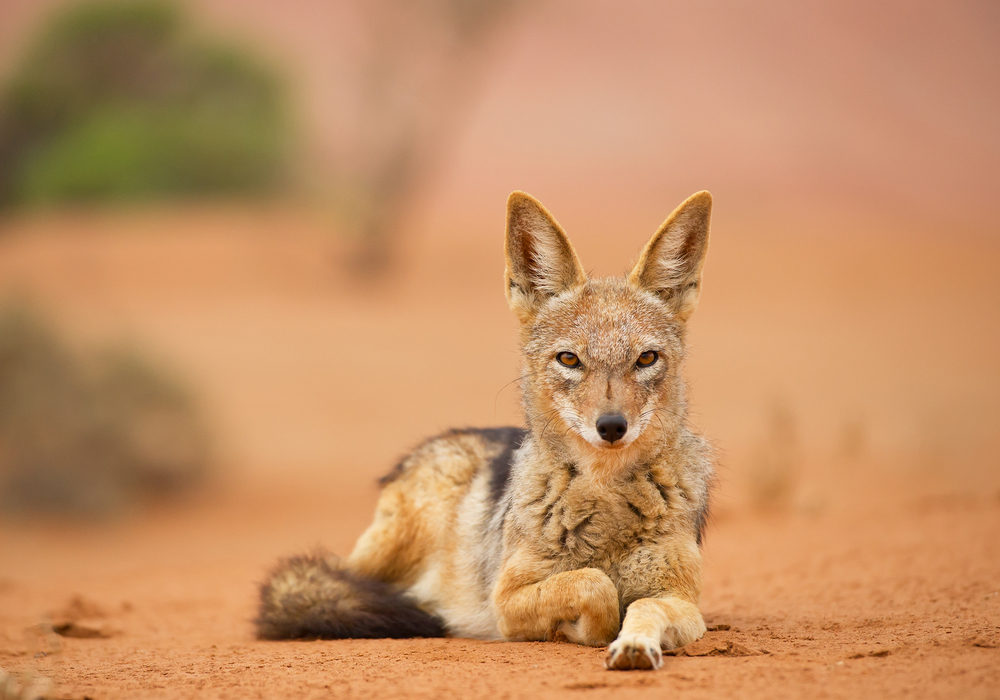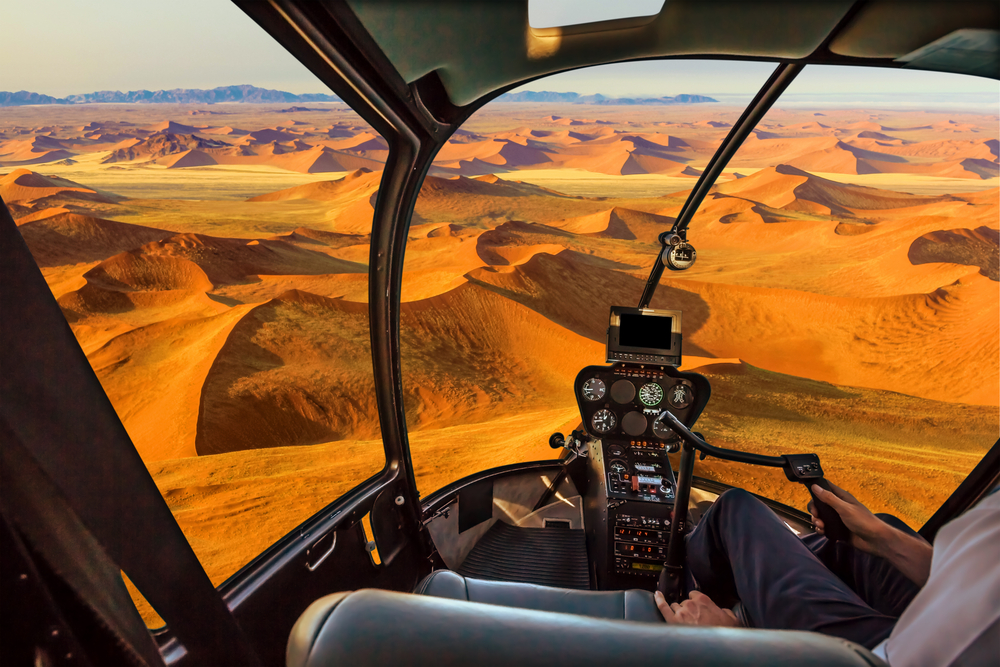Namib-Naukluft National Park is located on the western side of Namibia just south of the midway point. The park lies between the shoreline of the Atlantic Ocean through to the beginning of the Great Escarpment which extends into South Africa. It borders the neighboring Dorob National Park to the north. The park covers an area of 19,216 square miles (49,768 sq km) creating the largest national park in Africa and the fourth largest in the world. It is a renowned park featuring the splendor of the Namib Desert.
The Namib Desert is at the heart of the national park. As the oldest desert in the world, it displays brilliantly colored sand dunes that are considered some of the largest in the world. The landscapes include remarkable mountains, naturally carved canyons, tremendous gravel plains, and towering and captivating sand dunes.
Many of the dunes serve as landmarks as well as individual attractions. Here are some of the most popular dunes:
- Dune 45
- Elim Dune
- Big Daddy
Salt and clay pans are iconic attractions in the national park. Sossusvlei, Hiddenvlei, and Deadvlei are three of the most visited pans. Sossusvlei is the most renowned, however, all three are known to home to wildlife that is attracted to the salt.
The dunes are some of the most popular features of the national park. The park administration has developed asphalt roads that make it easy to see many of the more famous dunes and surrounding landscape.
One of the best ways to truly appreciated the majestic nature of the dunes is from above. Taking a scenic flight or balloon ride over the dunes is captivating as it allows you to truly capture the astounding size of the dunes and the endless sea of rolling desert.
Along with the dunes, the park is characterized by rocky outcrops and rock formations that are locally known as kopjes and inselbergs. These rock formations are usually comprised of granite, feldspar, and sandstone.
As the desert moves closer to the shoreline, the terrain is characterized by lagoons, mudflats, and wetlands. This terrain and vegetation attract hundreds of thousands of birds creating a birdwatcher’s haven.
Photos
Things to See
Things To Do
This is one of the most unique places in the world. Hiking amongst the dunes is one one of the commonly ways used to explore the park. There are ways you can discover all that Namib-Naukluft has to offer.
Namib-Naukluft National Park Trails
Namib-Naukluft National Park is Africa’s largest game park. Most of the park is enjoyed while on a safari game drive or up in the air in a balloon or scenic flight. There are opportunities to engage the wilderness on foot. Many of the walkabouts are around iconic landmarks.
Park Protection
Namib-Naukluft National Park was created to protect the salt and clay pans, the world’s oldest desert, and the wildlife that lives amongst this astounding area. This is part of a series of parks, such as Skeleton Coast National Park, that protects the entire coastline of Namibia.
There are several species that are endemic to the area that have adapted to the unique ecosystem. The national park also protects some of the largest sand dunes in the world.
Sources
- All Trails, Best Trails In Namib Naukluft National Park, https://www.alltrails.com/parks/namibia/hardap/namib-naukluft-national-park, retrieved August 2020.
- Discover Africa, Namib Naukluft National Park, https://www.discoverafrica.com/safaris/namibia/namib-naukluft-national-park/, retrieved August 2020.
- Expert Africa, Namib Naukluft National Park, https://www.expertafrica.com/namibia/namib-naukluft-national-park, retrieved August 2020.
- Info Namibia, Namib Naukluft National Park, https://www.info-namibia.com/activities-and-places-of-interest/sossusvlei/namib-naukluft-park, retrieved August 2020.
- Ministry of Environment, Namib-Naukluft National Park, http://www.met.gov.na/national-parks/namib-naukluft-park/224/, retrieved August 2020.
- National Geographic, Africa’s Super Park, https://www.nationalgeographic.com/magazine/2011/06/namib-naukluft-skeleton-coast-namibia-africa/, retrieved August 2020.
- Natural World Safaris, Namib Naukluft National Park, https://www.naturalworldsafaris.com/africa/namibia/namib-naukluft-national-park-and-sossusvlei, retrieved August 2020.
- Sossusvlei, Park Site, https://www.sossusvlei.org, retrieved August 2020.
- Wikipedia, Sesriem, https://en.wikipedia.org/wiki/Sesriem, retrieved August 2020.
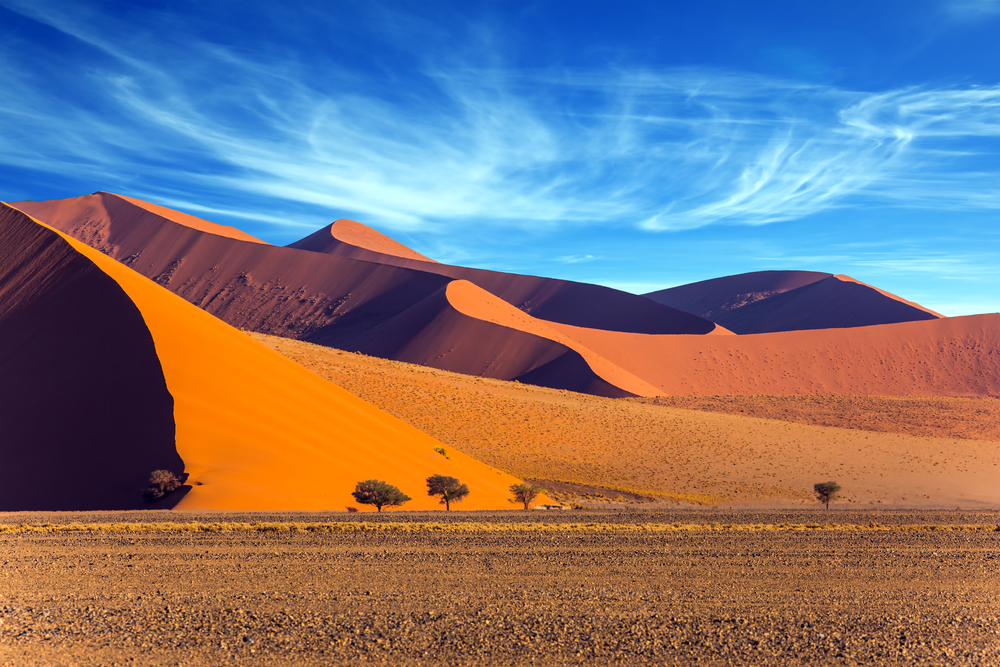


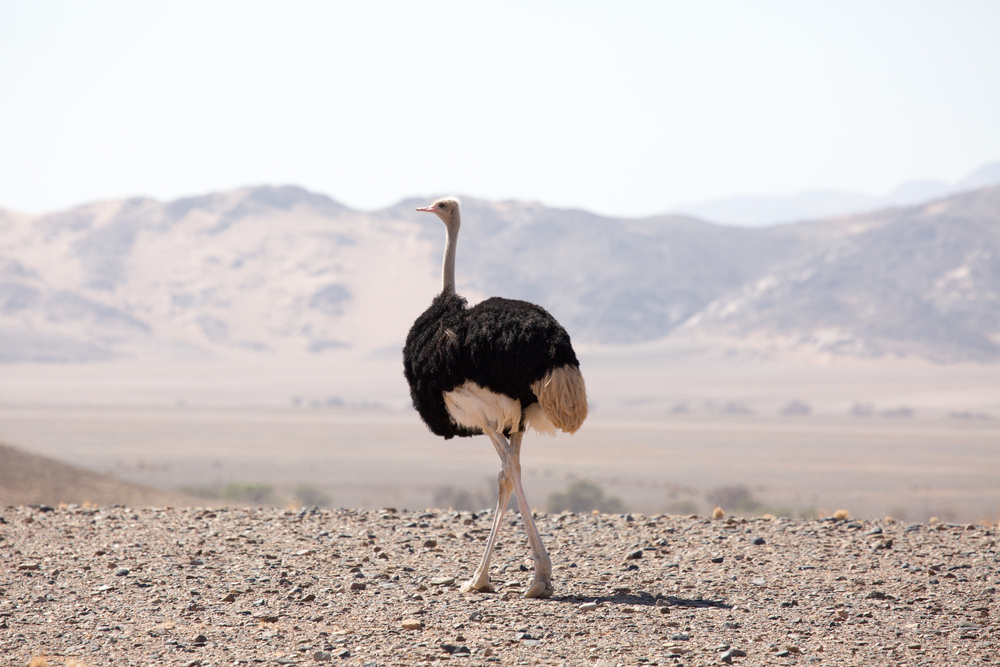
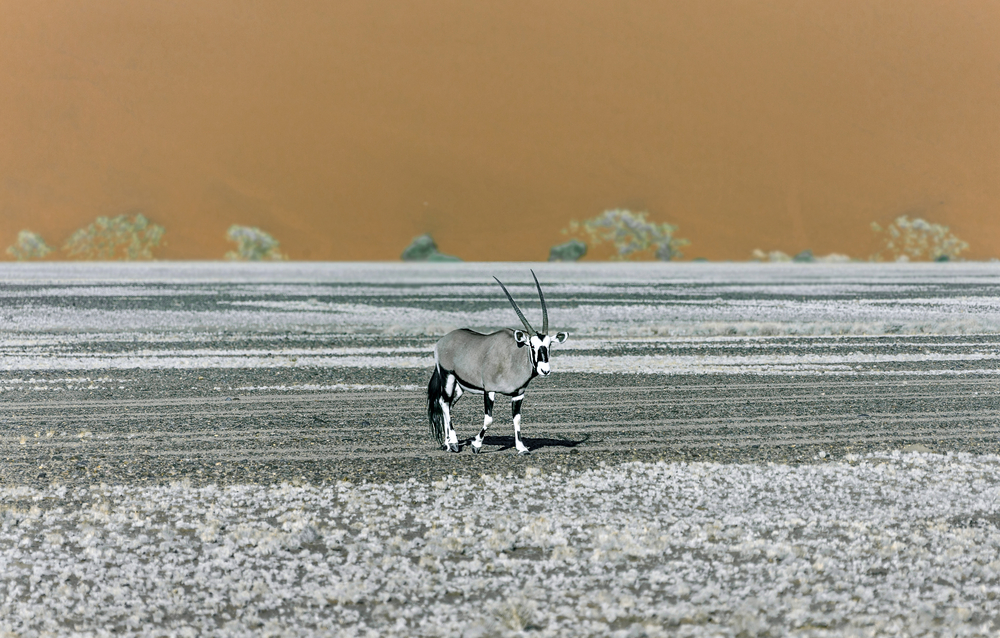
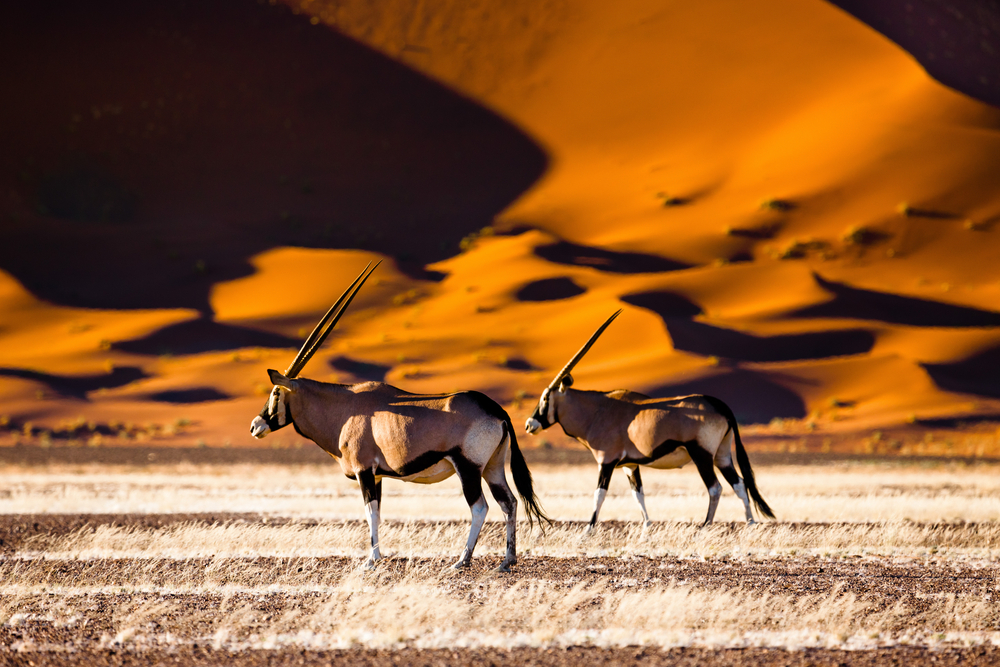
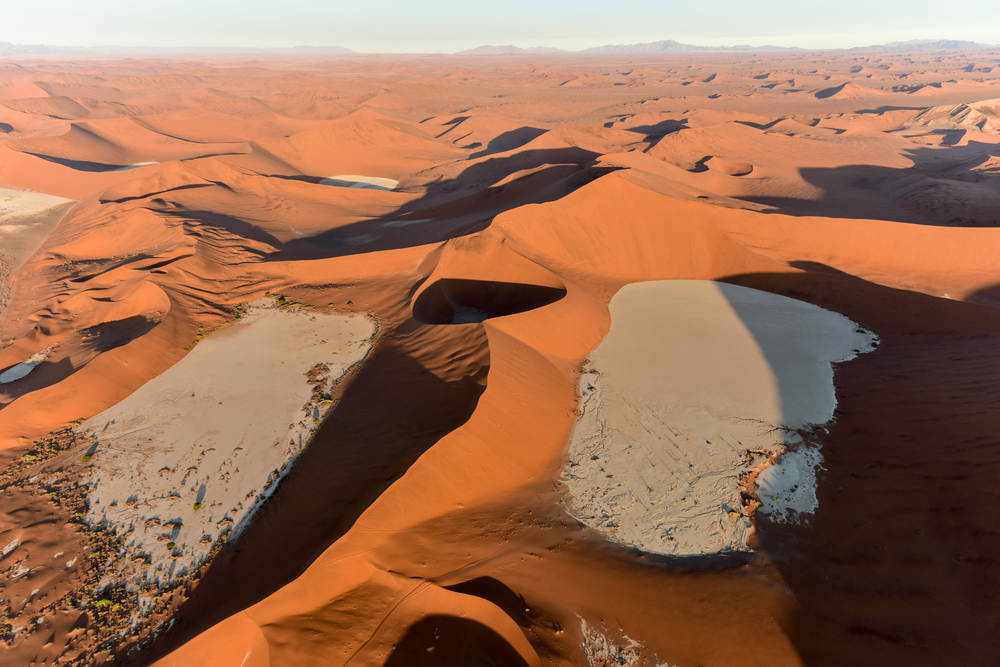
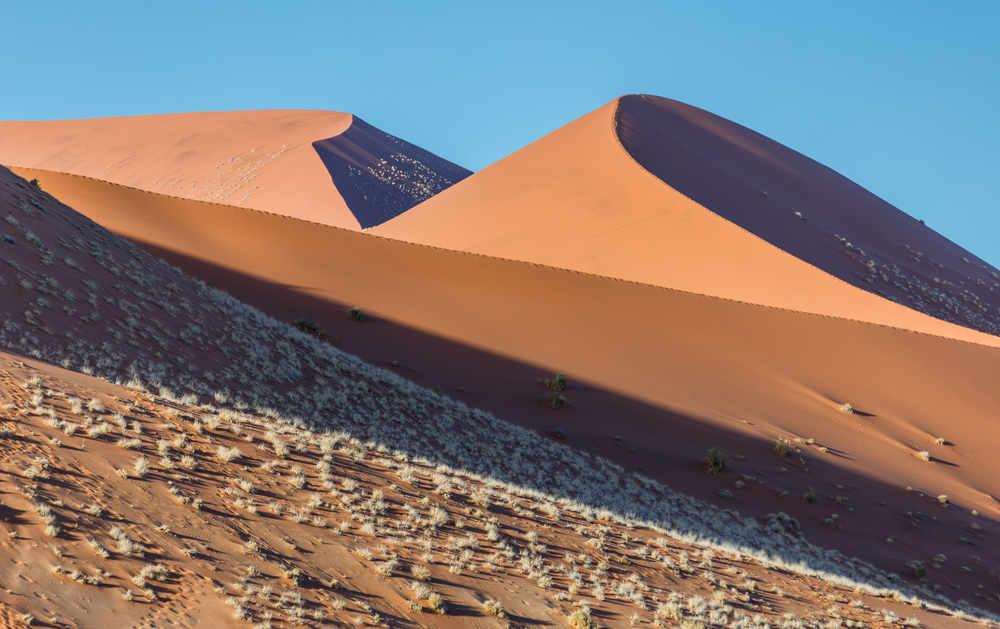
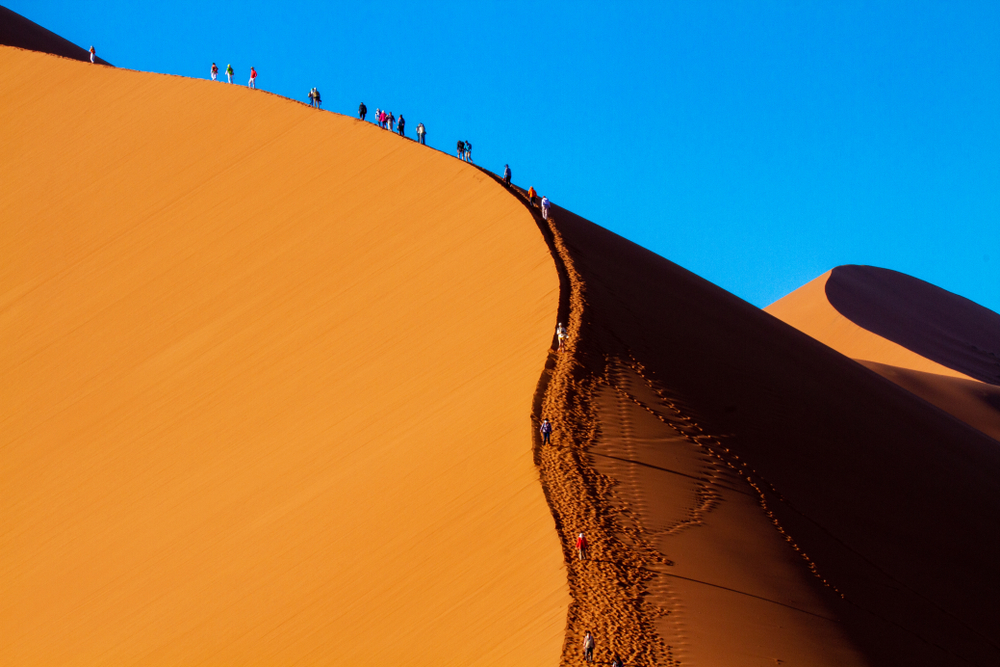

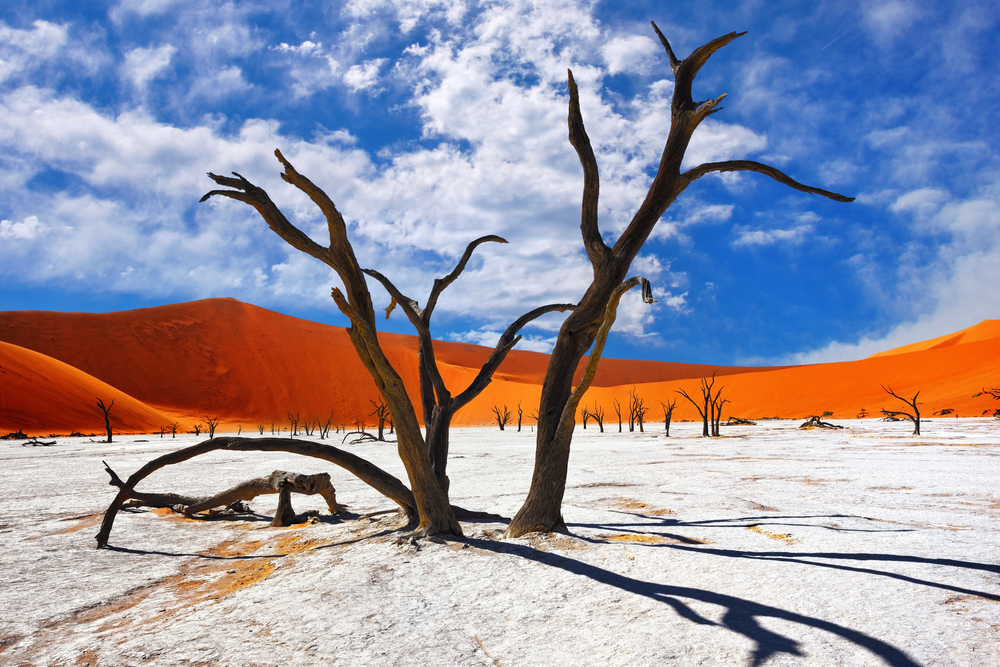
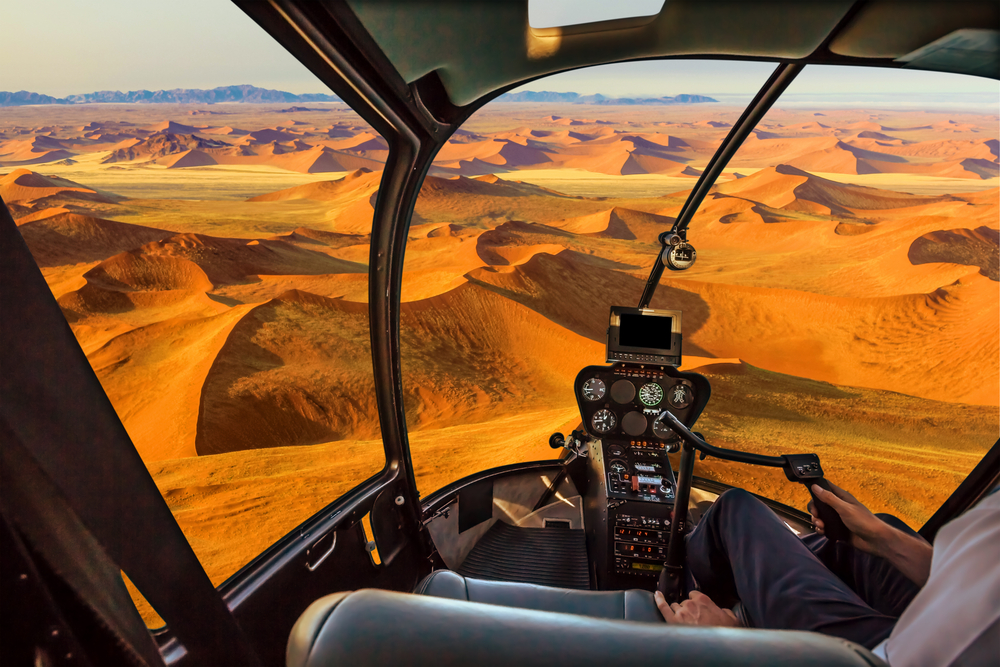

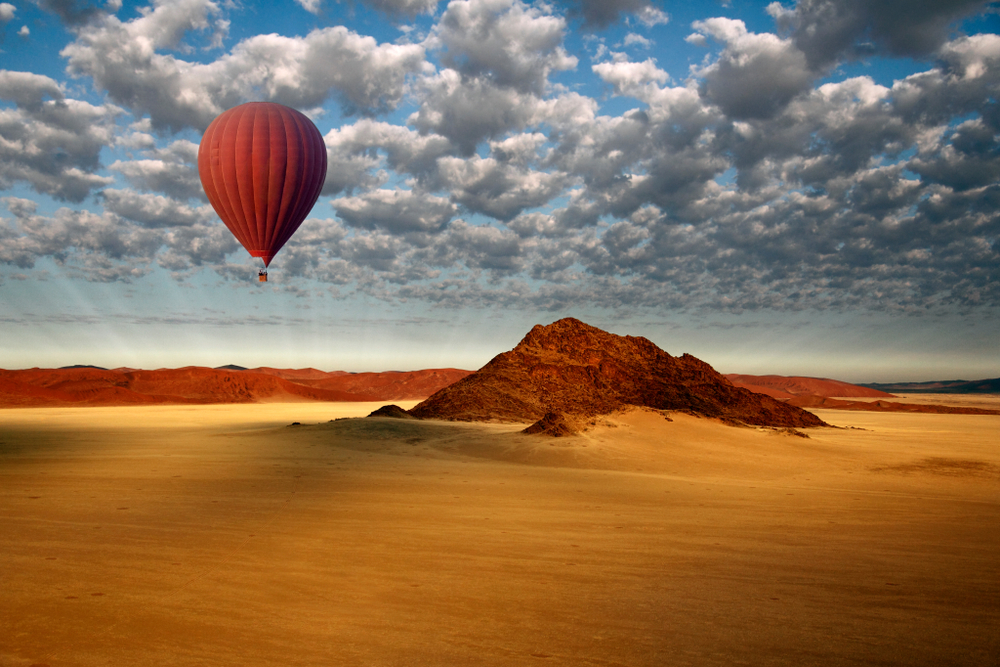
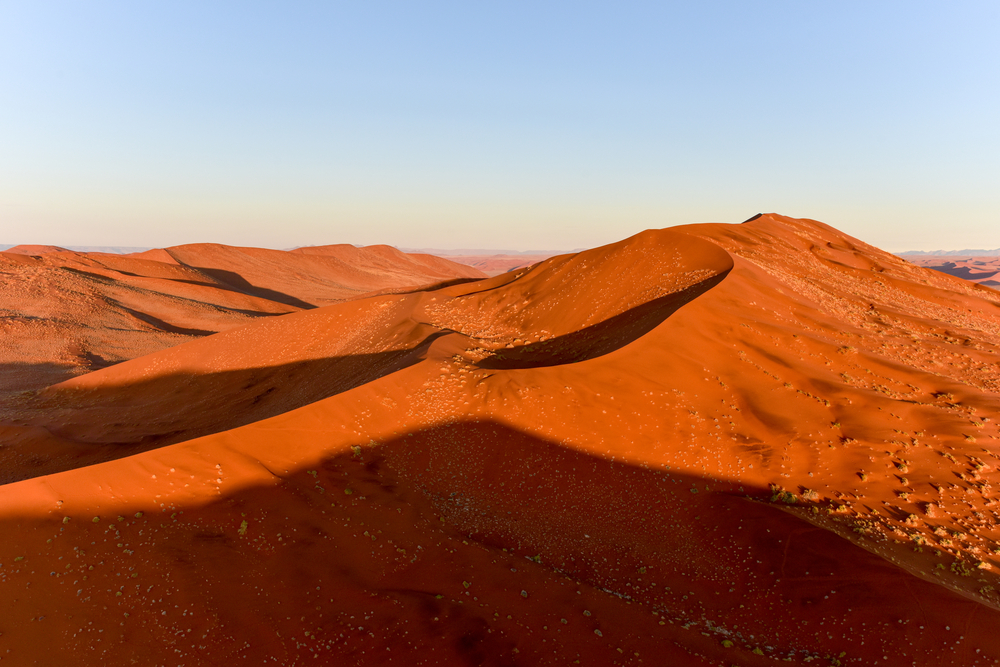
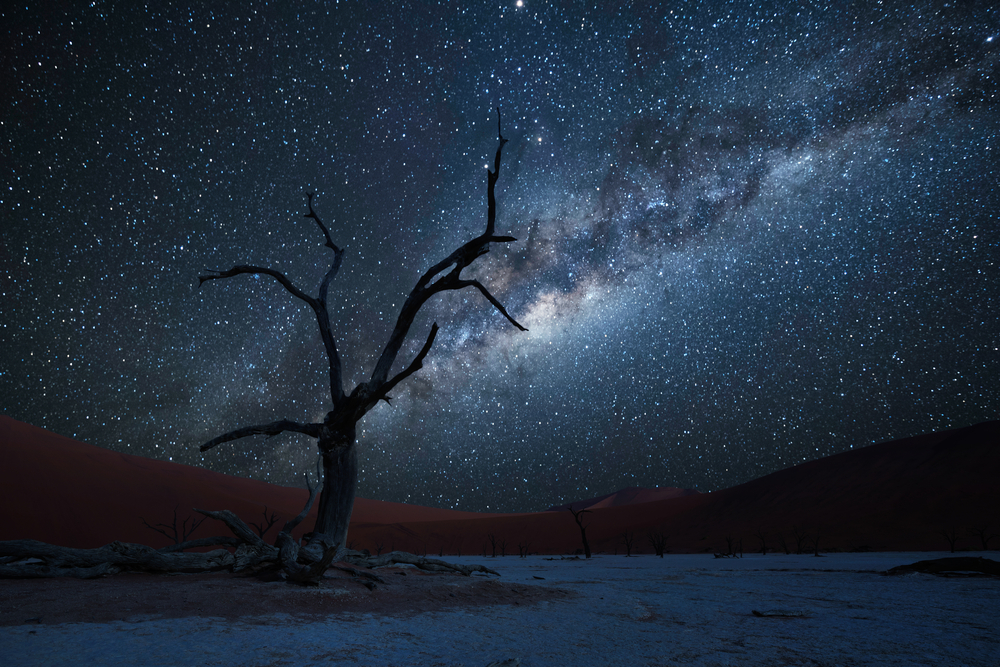
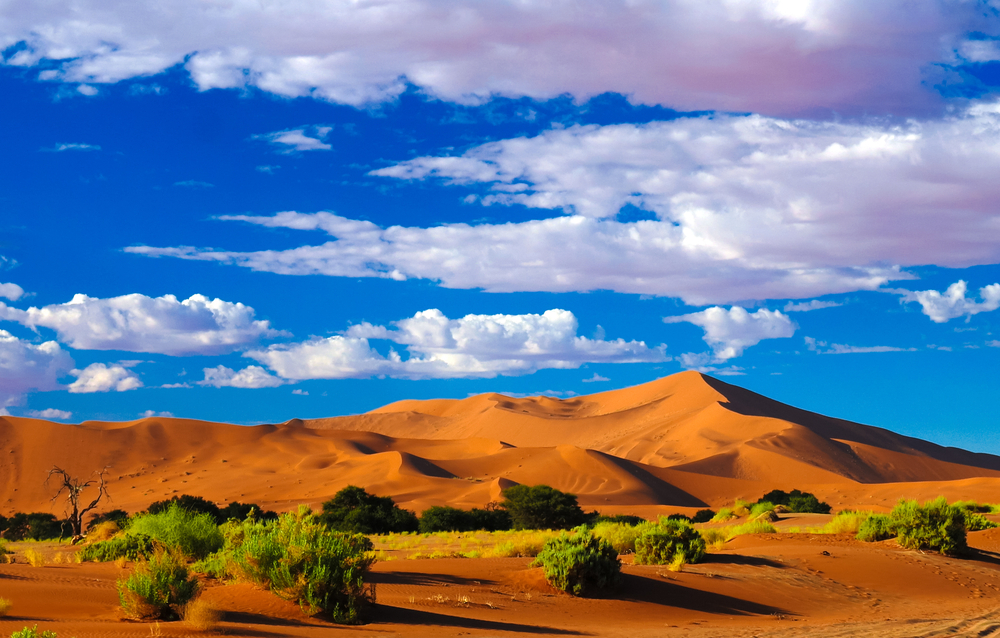

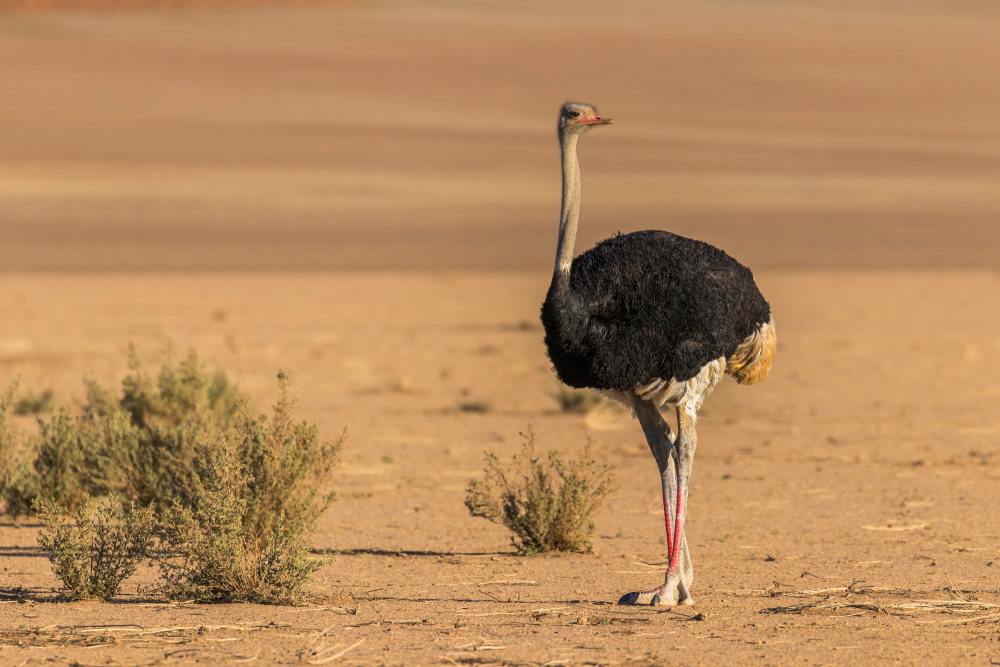

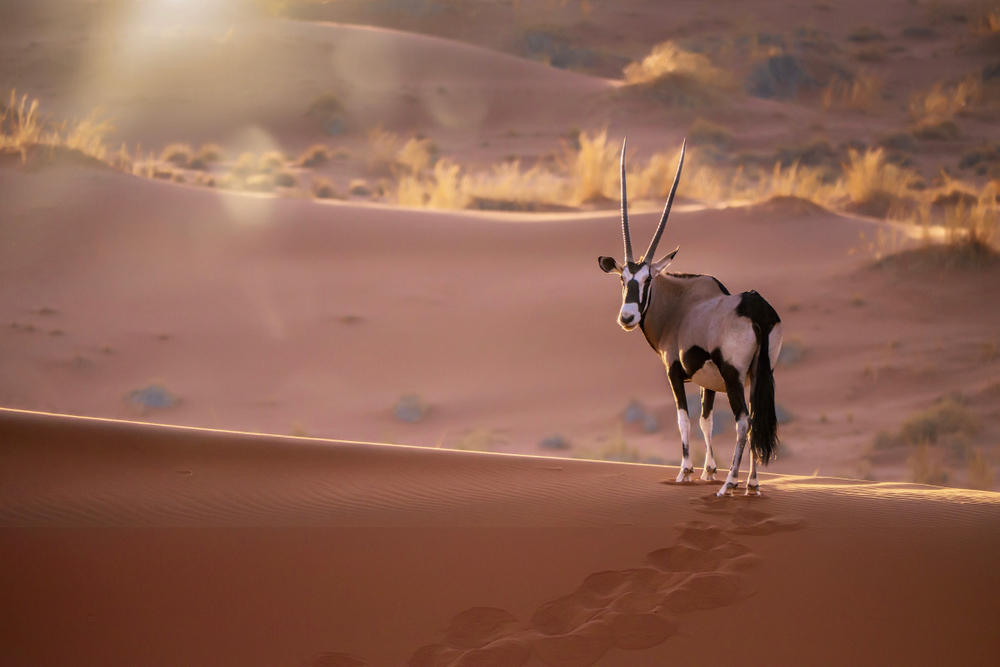
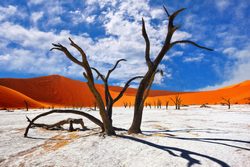 Sossusvlei is a salt and clay pan nestled in a sea of towering red sand dunes. The pan is located in the southern region of the Namib Desert serving as one of the favorite attractions of travelers exploring the national park.
Sossusvlei is a salt and clay pan nestled in a sea of towering red sand dunes. The pan is located in the southern region of the Namib Desert serving as one of the favorite attractions of travelers exploring the national park.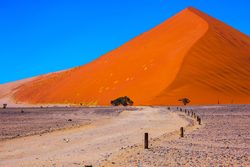 Namib Desert
Namib Desert